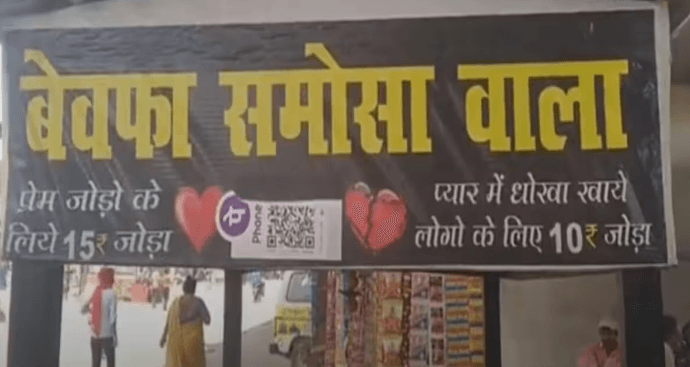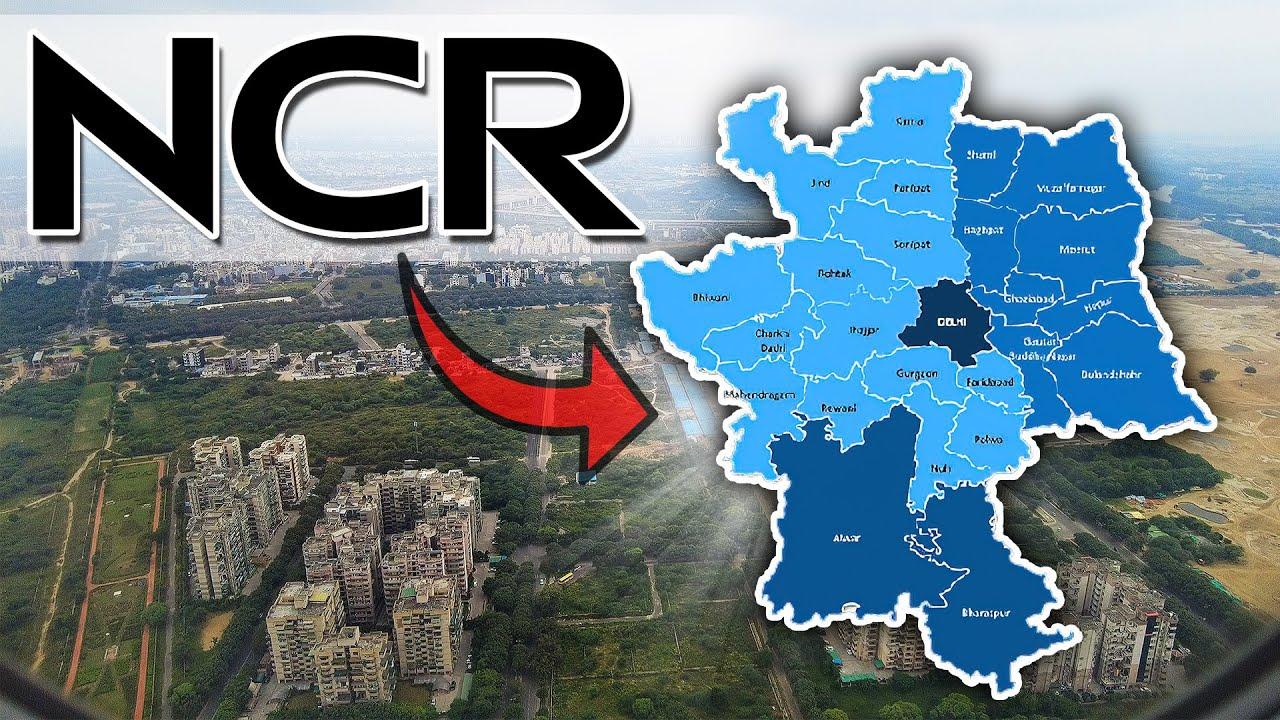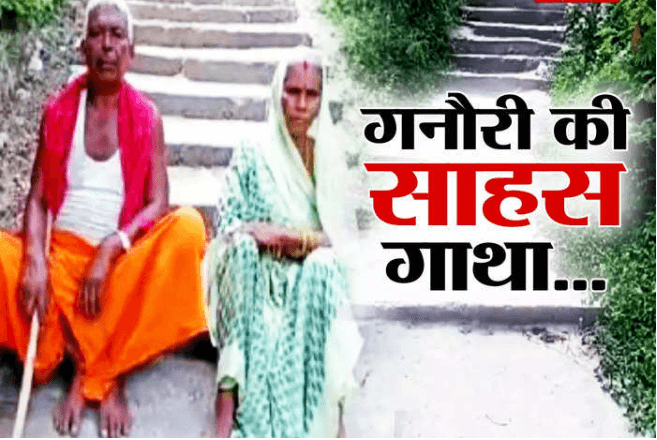राहुल सांकृत्यायन का जन्म 9 अप्रैल, 1893 को आज़मगढ़ उत्तर प्रदेश में हुआ था. 4 भाई-बहनों में सबसे बड़े थे राहुल. पिता, गोवर्धन पांडे और मां कुलवंती ने बड़े बेटे का नाम रखा था, केदारनाथ पांडे. 1930 में घूमते-घूमते श्रीलंका गए, बौद्ध धर्म ग्रहण किया और नाम हो गया ‘राहुल’. पिता के कुल का गोत्र सांकृत्य था, इसलिये उपनाम लग गया ‘सांकृत्यायन’
बचपन में नाना के पास रहने गये थे राहुल. नाना फ़ौज में थे और फ़ौजी जीवन की कहानियां सुनाते थे. नाना की रोमांच से भरी कहानियां और यात्रा-वृत्तांत आदि राहुल के मन में घर कर गए.
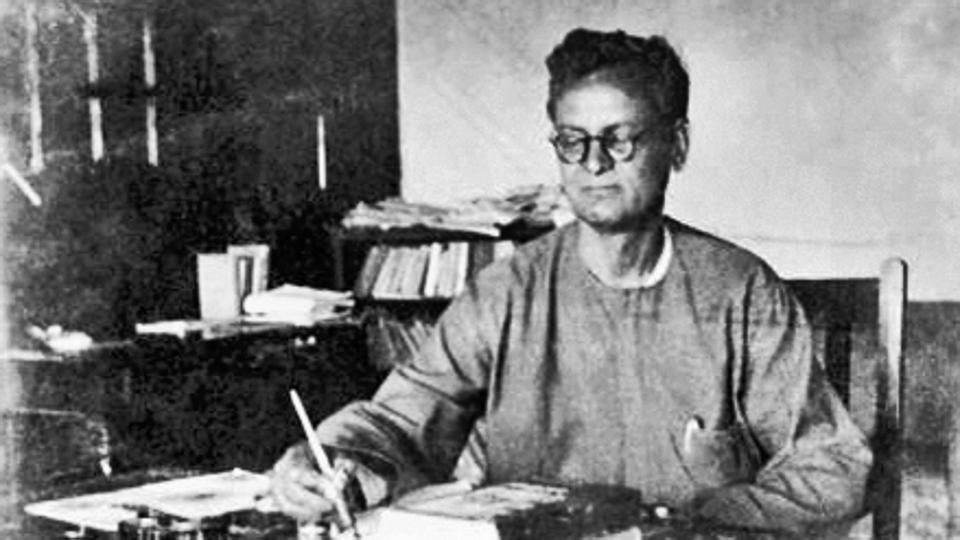
अगर आप घुमक्कड़ मिजाज़ी हैं और राहुल जी की रचनायें से अब तक अनजान हैं, तो जनाब/मोहतरमा समय आ गया है उनकी रचनायें पढ़ने का. एक अलग मौज उनमें भी है. अगर शब्दों में कहा जाये, तो कुछ यूं लगता है मानो घर के सोफ़े पर पड़े-पड़े ही देश भर की गलियों की धूल फांक आये हों.
राहुल जी के जीवन से जुड़े कुछ तथ्य ट्विटर यूज़र, अविनाश त्रिपाठी ने साझा किए. राहुल को याद करने का ये एक उम्दा तरीका है:
1. जब वो 8-9 साल के थे तब पढ़ा था ये शेर,
सैर कर दुनिया की गाफ़िल ज़िन्दगानी फिर कहां,
ज़िन्दगी गर कुछ रही तो ये जवानी फिर कहां
संयोग कुछ ऐसा हुआ कि उनके हाथ से घी का कनस्तर भी टूट गया. कुछ सज़ा का डर और कुछ शेर का असर, राहुल घर से भाग गए.
When he was 8/9 years old, Sankrityayan (then Kedar Pandey) read the attached couplet. Incidentally, he also broke a vessel of butter oil. Partly inspired by the couplet and partly fearing the punishment, he ran away from his home. pic.twitter.com/8JZ4i6FxqU
— Avinash M. Tripathi (@qfint) April 9, 2018
2. पहली यात्रा काफ़ी छोटी थी लेकिन आने वाले दिनों में ये सूरत बदलने वाली थी. अगले 50 सालों में ‘न उनकी क़लम रुकी, न ही उनका सफ़र'(उन्हीं के शब्दों में). उन्होंने भारत, मध्य एशिया, सोवियत रशिया और तिब्बत(तीन बार) की यात्राएं की.
His first journey was quite short, but many more were to come. For the next fifty years ‘neither his pen stopped, nor his journey’ (his words). He travelled across India, central asia, Soviet Russia and most importantly Tibet (thrice).
— Avinash M. Tripathi (@qfint) April 9, 2018
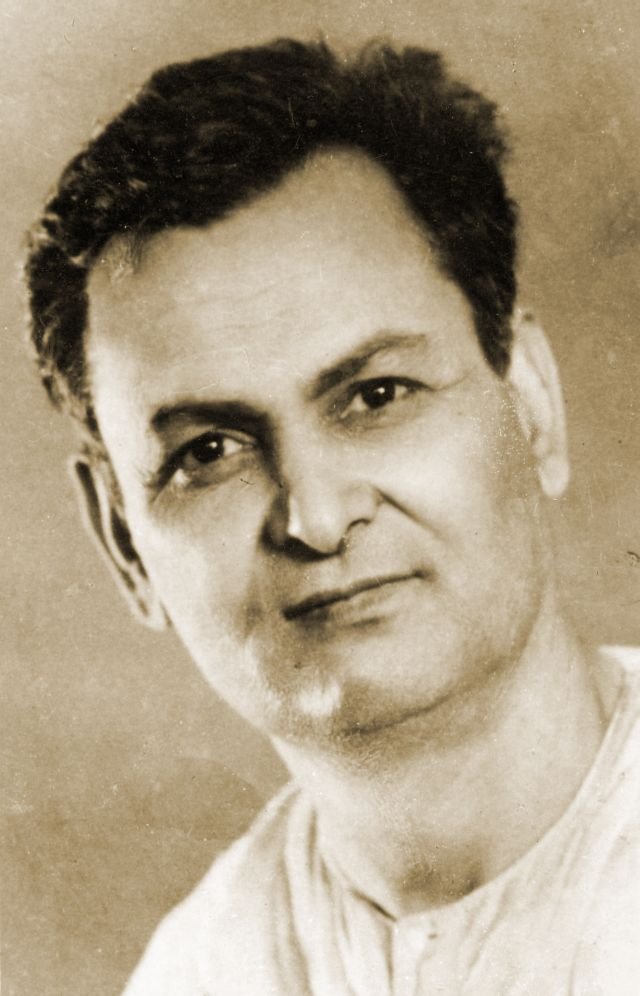
3. अपने सफ़र के दौरान ही उन्होंने 30 से ज़्यादा भाषायें सीखीं. कांग्रेस के गया सेशन में हिस्सा लिया और अकेले ही विभिन्न अतिथियों के भाषणों का ट्रांसलेशन किया. इसी के साथ वे अनंतभाषाविद के रूप में भी विख्यात हुए.
In the course of his wanderings, he acquired varying degrees of proficiency in 30+ languages. He participated in the Gaya session of Congress and single-handedly interpreted speeches of the most of delegates, becoming famous as ‘anantbhashavid’ (knower of many languages).
— Avinash M. Tripathi (@qfint) April 9, 2018
4. उनकी तिब्बत यात्रा भी एक किंवदंती है. 1930 में वे हिमालय से अपने साथ 22 खच्चरों पर पुराने हस्तलेख, पेंटिंग्स लेकर लौटें. उन्होंने ये सब Indologist काशी प्रसाद जैसवाल को दिए, जिन्होंने इन सभी को पटना यूविर्सिटी को दान कर दिया.
His Tibet journeys have become the stuff of legend. In 1930, he emerged from Himalaya with 22 mules loaded with ancient manuscripts and paintings etc. He gifted these manuscripts to the Indologist Kashi Prasad Jaiswal who in turn donated them to Patna University.
— Avinash M. Tripathi (@qfint) April 9, 2018
6. सांकृत्यायन अनुशासन-बद्ध और मेहनती लेखक थे. भारतीय इतिहास का सबसे विवादात्मक वर्णन है ‘वोल्गा से गंगा’ में.
Sankrityayan was a very disciplined and hard working writer. His total corpus runs into hundreds of thousands of pages. ‘Volga se ganga tak’ remains perhaps the most famous yet polemical introduction to the Indian history.
— Avinash M. Tripathi (@qfint) April 9, 2018
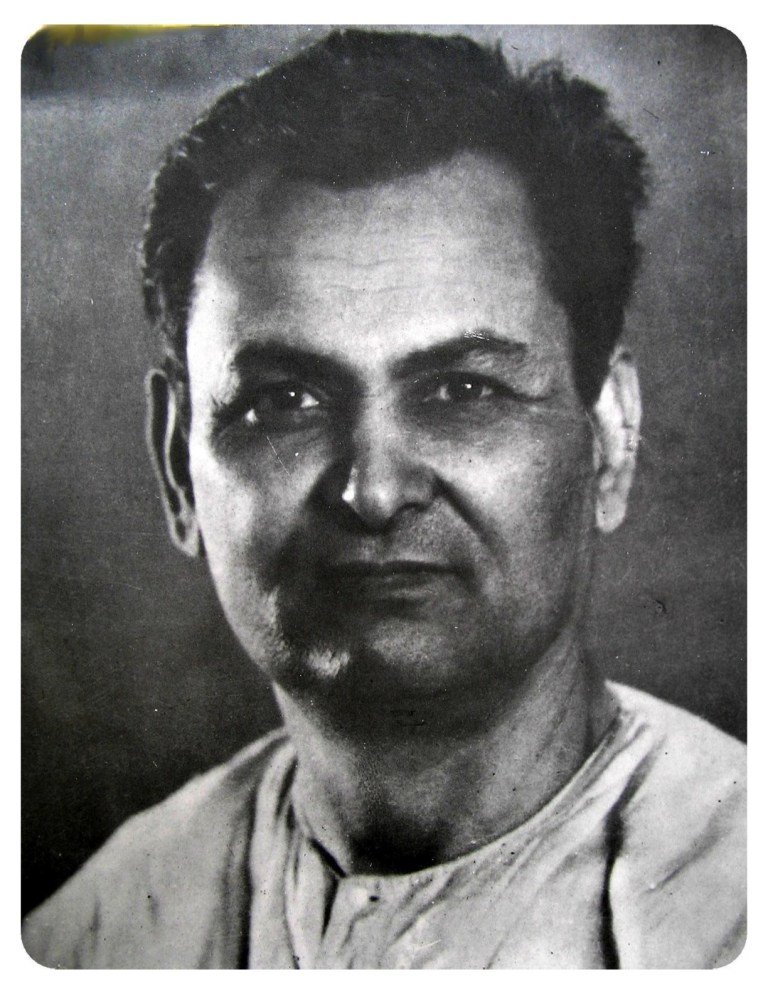
7. जब किसी ने सांकृत्यायन को बताया कि उनके कलेक्शन की प्रदर्शनी लगाई जा रही है वो भी उन्हें क्रेडिट दिए बिना, तब राहुल की प्रतिक्रिया कुछ ऐसी थी: दो बातें हो सकती हैं. पहली जो भी मैंने कलेक्ट किया है सब बेकार है. अगर ऐसा है, तब तो संग्रहालय मुझ पर एहसान कर रहा है.
When someone told Sankrityayan that his collection was being displayed without any acknowledgement, Rahul’s response was instructive. He said: “There are two possibilities. One is whatever I’ve collected is worthless. In that case, the museum is doing me a favour.
— Avinash M. Tripathi (@qfint) April 9, 2018
8. मेरा नाम किसी साधारण वस्तु के साथ क्यों जोड़ा जाए? दूसरी बात ये है कि जो भी वस्तुएं मैं लेकर आया हूं वो बेशक़ीमती हैं. आज नहीं तो कल ये पता चल ही जायेगा. तब क्या मेरा नाम छिपाया जा सकेगा? कुछ लोग तो होंगे जो सोचेंगे.
Why should my name be associated with trivial things? The other possibility is that whatever I’ve bought here will be deemed valuable, if not today then tomorrow. In that case, how will my name remain hidden? Surely some curious mind will look at these things and wonder
— Avinash M. Tripathi (@qfint) April 9, 2018
9. कि ये चीज़ें आई कहां से? वो मेरा नाम भी ढूंढ लेंगे. ये बिल्कुल सांकृत्यायन टाइप ही जवाब था. उनके लिए इतिहास महज़ एक विषय नहीं था, बल्कि ख़ुद को ढूंढने की एक प्रक्रिया थी.
How they got here. Then they will find out my name too.” It was a typical Sankrityayan response. For him history was not merely a subject, but the process of discovery itself.
— Avinash M. Tripathi (@qfint) April 9, 2018
राहुल लिखकर गए हैं-
“हमारे सामने जो मार्ग है उसका कितना ही भाग बीत चुका है, कुछ हमारे सामने है और बहुत अधिक आगे आने वाला है. बीते हुए से हम सहायता लेते हैं, आत्मविश्वास प्राप्त करते हैं, लेकिन बीते की ओर लौटना कोई प्रगति नहीं, प्रतिगति-पीछे लौटना होगा. हम लौट तो सकते नहीं क्योंकि अतीत को वर्तमान बनाना प्रकृति ने हमारे हाथ में नहीं दे रखा है.”




